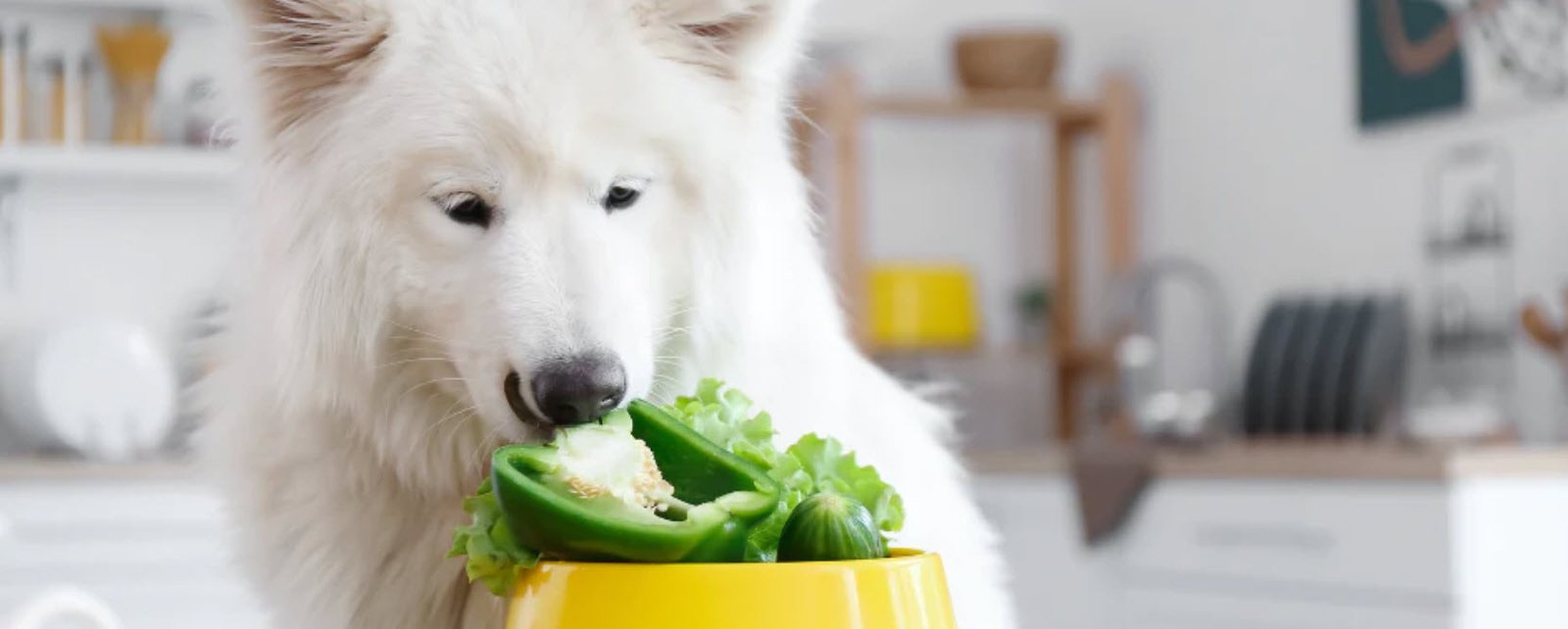
Understanding your dog’s body language is essential for building a strong and communicative bond with your furry friend. Dogs, like humans, use body language to express their feelings, emotions, and needs.
In this guide, we’ll explore various common dog body language signals and what they typically mean.
1. Interested – Alert Eyes
One of the most obvious signs of your dog being interested is when they have alert eyes. Their eyes will be wide open, ears perked up, and they may be focused on something, indicating curiosity or engagement. This is often seen when they spot something intriguing or are waiting for your command during training.
2. Anxious – Tail between Legs
A dog with its tail tucked between its legs is often feeling anxious, frightened, or submissive. This is a clear sign that they may be uncomfortable in a situation or feeling threatened. It’s important to reassure your dog and create a safe and calming environment when you notice this body language.
3. Needs Space – Whale Eye
The “whale eye” occurs when a dog turns its head away from you but keeps its eye on you, showing the whites of its eyes. This can be a sign that your dog is feeling uncomfortable or anxious and is asking for space. It’s crucial to respect their boundaries and give them the space they need to feel at ease.
4. Stress Release – The Shake Off
Dogs often shake their bodies vigorously after a stressful or intense situation, like a bath or a visit to the vet. This behavior is a way for them to release stress and tension. If you notice your dog shaking off, it’s a good idea to let them calm down and reassure them with gentle words and pats.
5. “Pretty Please” – Puppy Face
The “puppy face” is an endearing expression that dogs often use to get attention or treats. It involves big, round eyes, a slightly open mouth, and raised eyebrows. Dogs have mastered the art of using this cute expression to their advantage!
6. Relaxed – Belly-rub Pose
When a dog lies on its back, exposing its belly, it’s a sign of trust and relaxation. This posture indicates that your dog feels comfortable and safe in its environment. Many dogs also enjoy belly rubs in this position.
7. “Hello, I Love You” – Greeting Stretch
The greeting stretch is a delightful body language gesture displayed by dogs when they wake up or see their loved ones after a while. It involves a stretch with their front legs extended and a wagging tail, expressing happiness and excitement to greet and interact.
8. Friendly – Play Bow
The play bow is a classic gesture seen in dogs during playtime. It involves a lowered front body with the rear end up, often accompanied by a wagging tail. This is an invitation to play and a clear indicator that your dog is in a friendly and playful mood.
Understanding and interpreting your dog’s body language is vital for fostering a strong bond and ensuring their well-being. Paying attention to these cues will help you respond appropriately to their needs and emotions, ultimately enhancing your relationship with your beloved canine companion.
You may also like:- 8 Tips for a Better Walk with Your Dog
- Common Causes of Dog Bad Breath
- 5 of the Most Painful Conditions for Dogs
- Top Natural Foods to Combat Bad Dog Breath
- Top 12 Most Popular American Dog Breeds
- 6 Most Popular Distinct Canadian Dog Breeds
- List of Vegetables That Can Be Valuable Addition To Your Dog’s Diet
- 15 Most Popular French Dog Breeds You Need To Know
- 17 Essential Oils that are Toxic to Dogs
- The Ultimate Dog-Friendly Packing List for Travel and Adventures








